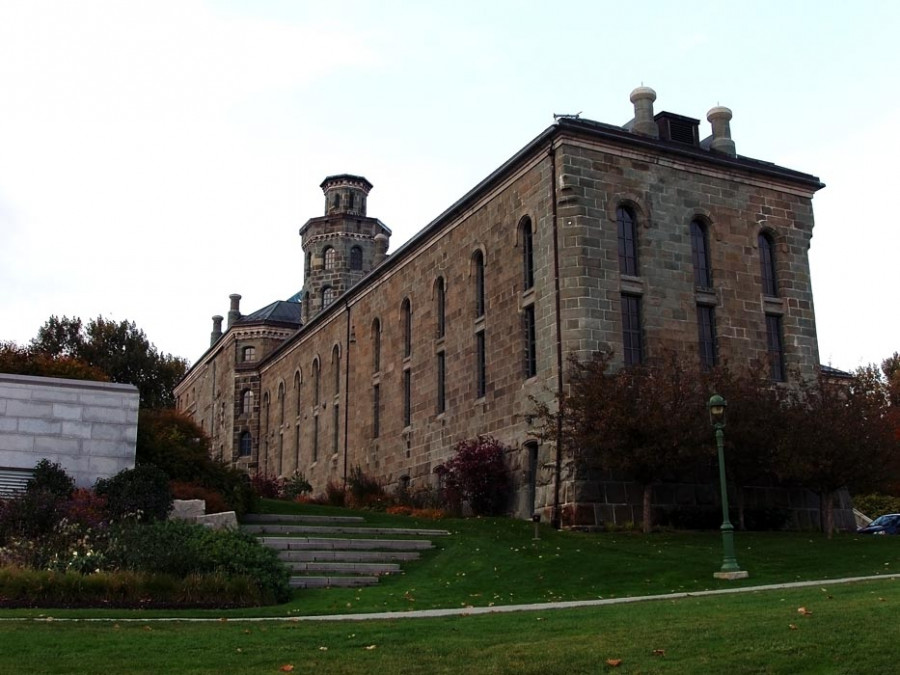Carlton U Sociologist Deconstructs Prison Expansion
Despite a steady decline in cases of reported crime in Canada since 1991, the country’s prison population is on the rise—and with it, plans for massive prison expansion projects.
An expected influx of at least 3,400 new prisoners has the Harper government planning to construct $2 billion of additions onto 35 existing federal penitentiaries. Some 2,700 more beds and “double-bunks” will be created across the country, including 484 in Quebec.
This discrepancy in the numbers of crimes and prisoners can be traced to several “tough on crime” bills passed last year. Such bills have meant longer sentences for inmates, said Justin Piché, a PhD candidate at Carlton University who gave a talk last week called ‘Prison 101: If You Build It, They Will Come’, at the Atwater Public Library.
“While many jurisdictions such as Texas and Kansas have decided to shift gears away from building prisons and to invest in things like justice reinvestment and more community-based alternatives, in Canada we’re publishing piece after piece of legislation that aims to put more people behind bars for longer periods of time,” he said.
Last year Bill C-25, or the Truth in Sentencing Act, eliminated the practice of considering one day of pre-trial detention as equivilant to two days of detention after being convicted of a crime. Bill C-2, or the Tackling Violent Crime Act, has introduced harsher minimum sentencing for gun-related crimes. The two bills are expected to increase the number of inmates by at least 3,400 by March 2014.
Despite a 22 per cent decrease in crime since 1999, Prime Minister Harper said that Canadians continue to be concerned about crime, especially guns, gangs and drug violence.
“Canadians expect to live in a country where they don’t have to worry when they turn off the lights at night, where they don’t have to look over their shoulders as they walk down the street, where they can expect to find their car where they parked it,” Harper said in a speech to supporters on Jan. 23.
“Sometimes that means taking the bad guys out of circulation for a while. So that’s what we’re doing. Does it cost money? Yes. Is it worth it? Just ask a victim.”
Piché argues that these pieces of legislation actually threaten public safety by preventing access to the necessary programming that allows for a safe reintegration into society, such as mental health and parole services.
“What we’re doing in terms of trying to send people to prison for longer periods of time with fewer chances of release [parole] does not actually strengthen safety in our communities,” he said.
The latest victimization study done by Statistics Canada showed that 93 per cent of Canadians feel safe with respect to crime.
“If we look at prevention literature, it will note that we need to build community,” said Piché. “This is not being done by making everyone afraid of each other.”
The government is planning to release more details surrounding the cost and extent of this long-term expansion in March 2011.
This article originally appeared in Volume 31, Issue 21, published February 1, 2011.


_600_832_s.png)
